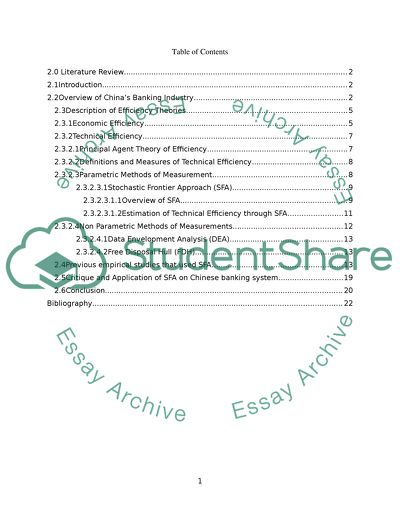Cite this document
(“Technical Efficiency of China's Banking Industry Literature review”, n.d.)
Technical Efficiency of China's Banking Industry Literature review. Retrieved from https://studentshare.org/macro-microeconomics/1447185-analysing-the-technical-efficiency-of-china-s
Technical Efficiency of China's Banking Industry Literature review. Retrieved from https://studentshare.org/macro-microeconomics/1447185-analysing-the-technical-efficiency-of-china-s
(Technical Efficiency of China'S Banking Industry Literature Review)
Technical Efficiency of China'S Banking Industry Literature Review. https://studentshare.org/macro-microeconomics/1447185-analysing-the-technical-efficiency-of-china-s.
Technical Efficiency of China'S Banking Industry Literature Review. https://studentshare.org/macro-microeconomics/1447185-analysing-the-technical-efficiency-of-china-s.
“Technical Efficiency of China'S Banking Industry Literature Review”, n.d. https://studentshare.org/macro-microeconomics/1447185-analysing-the-technical-efficiency-of-china-s.


